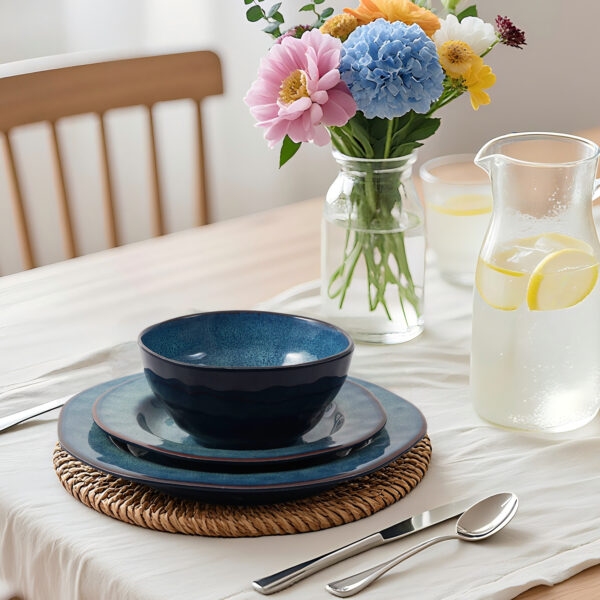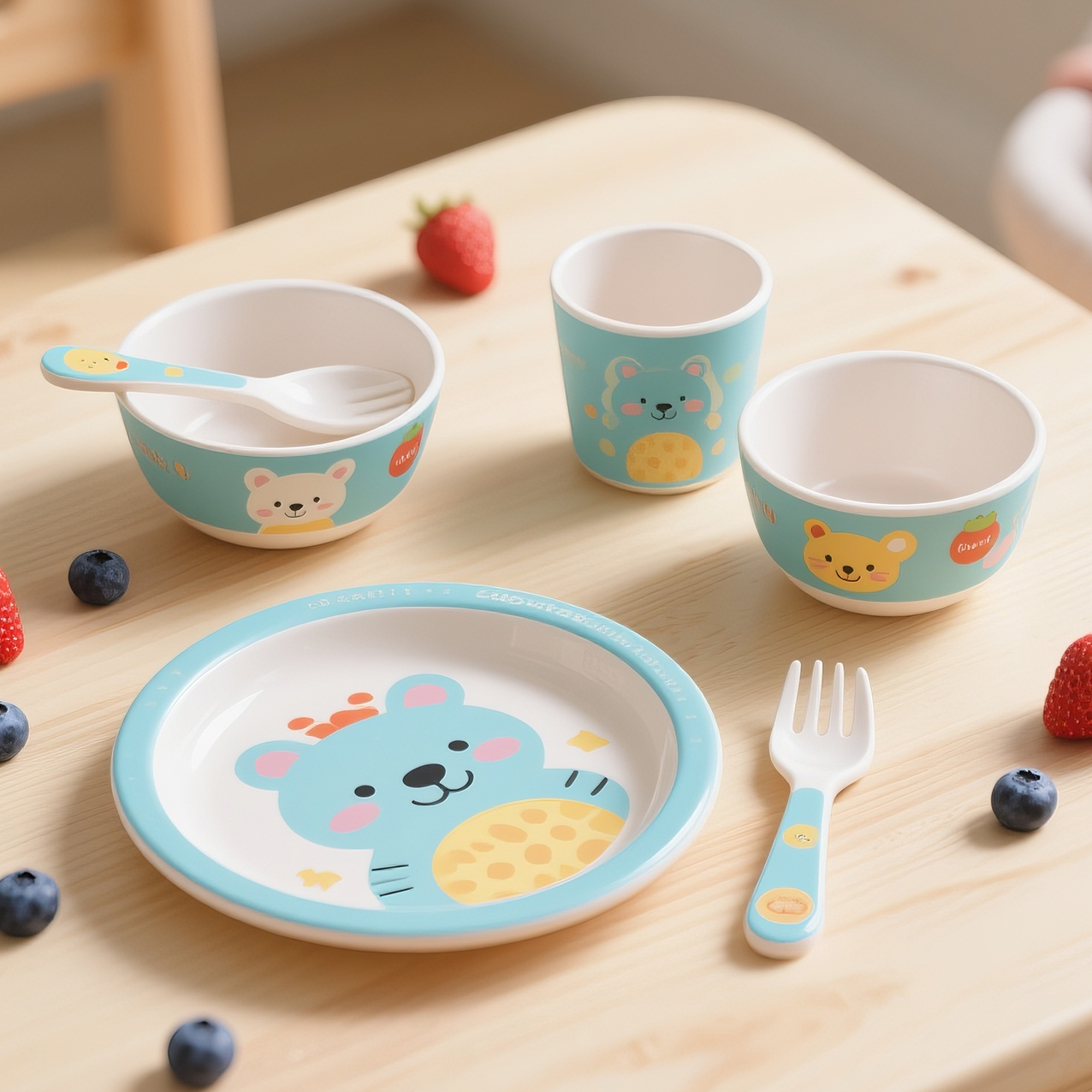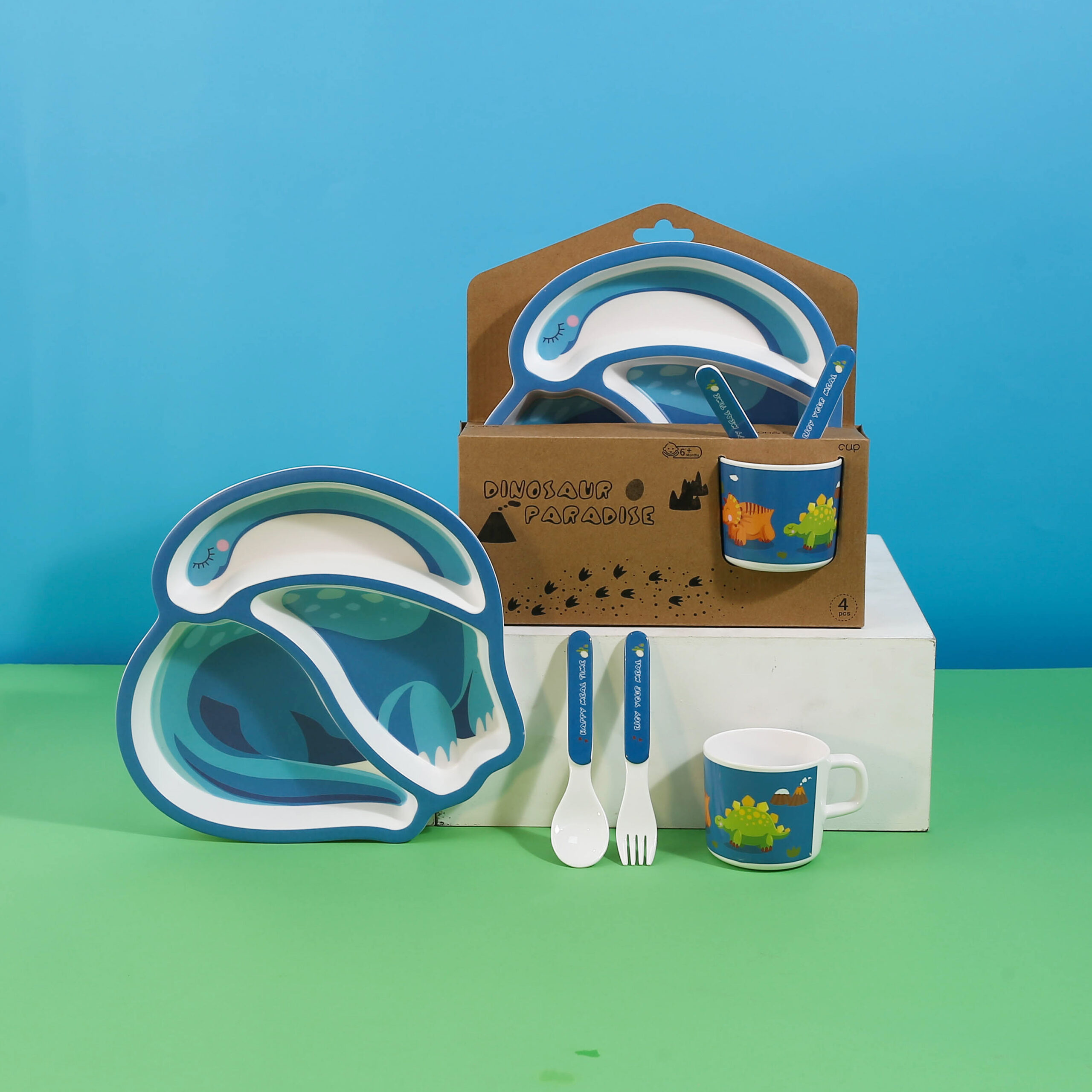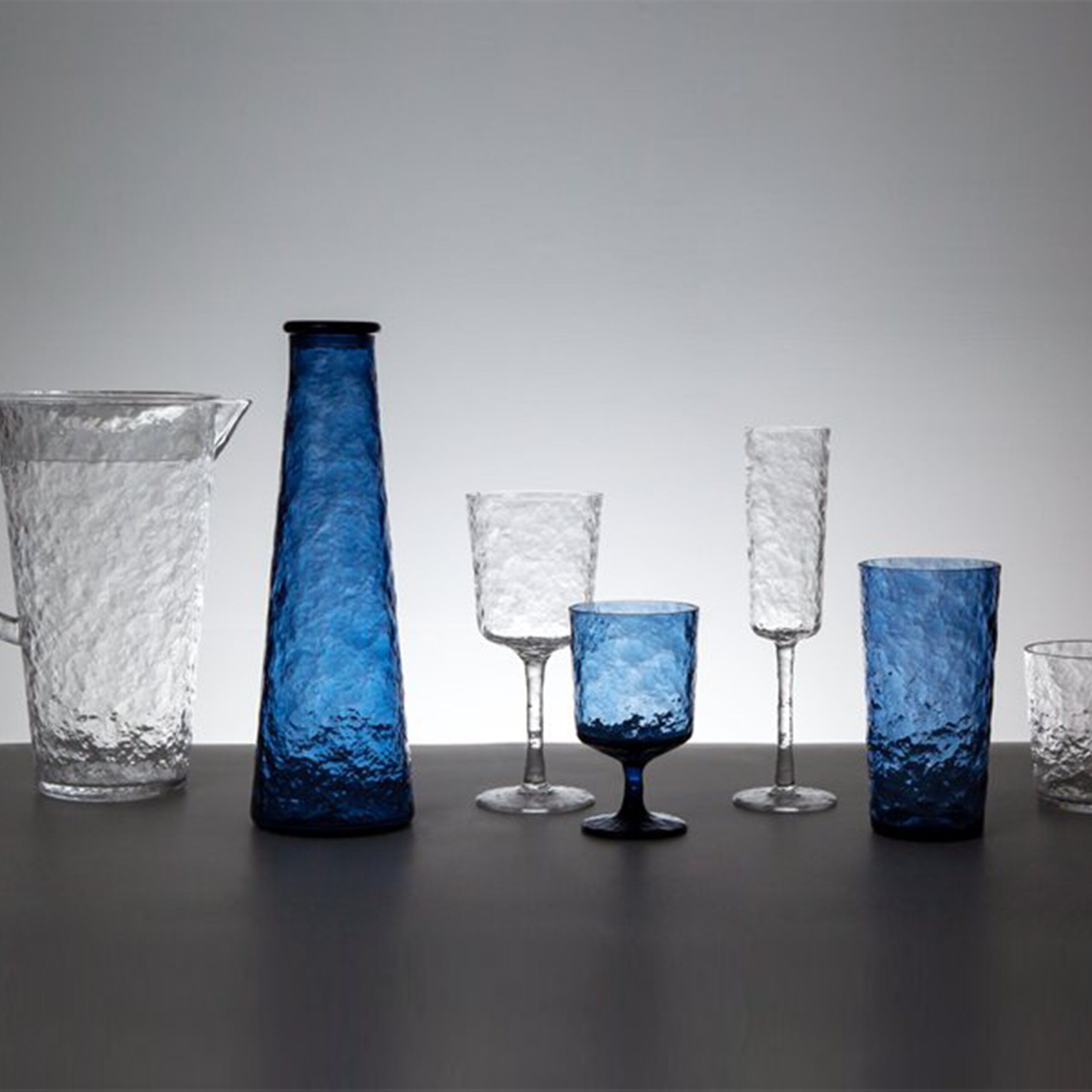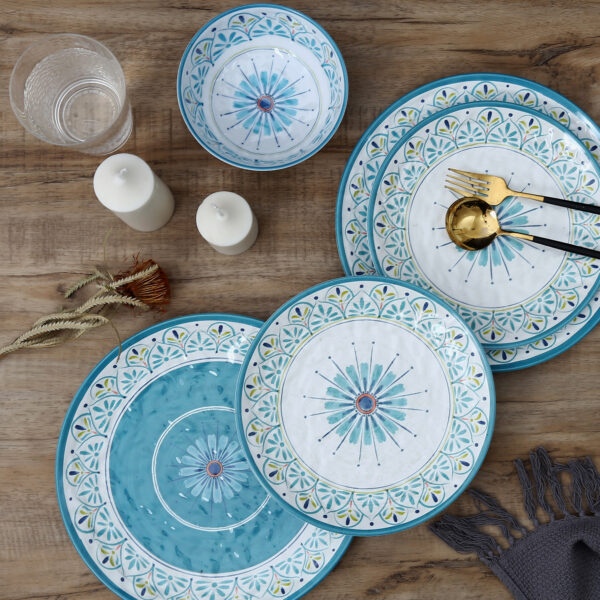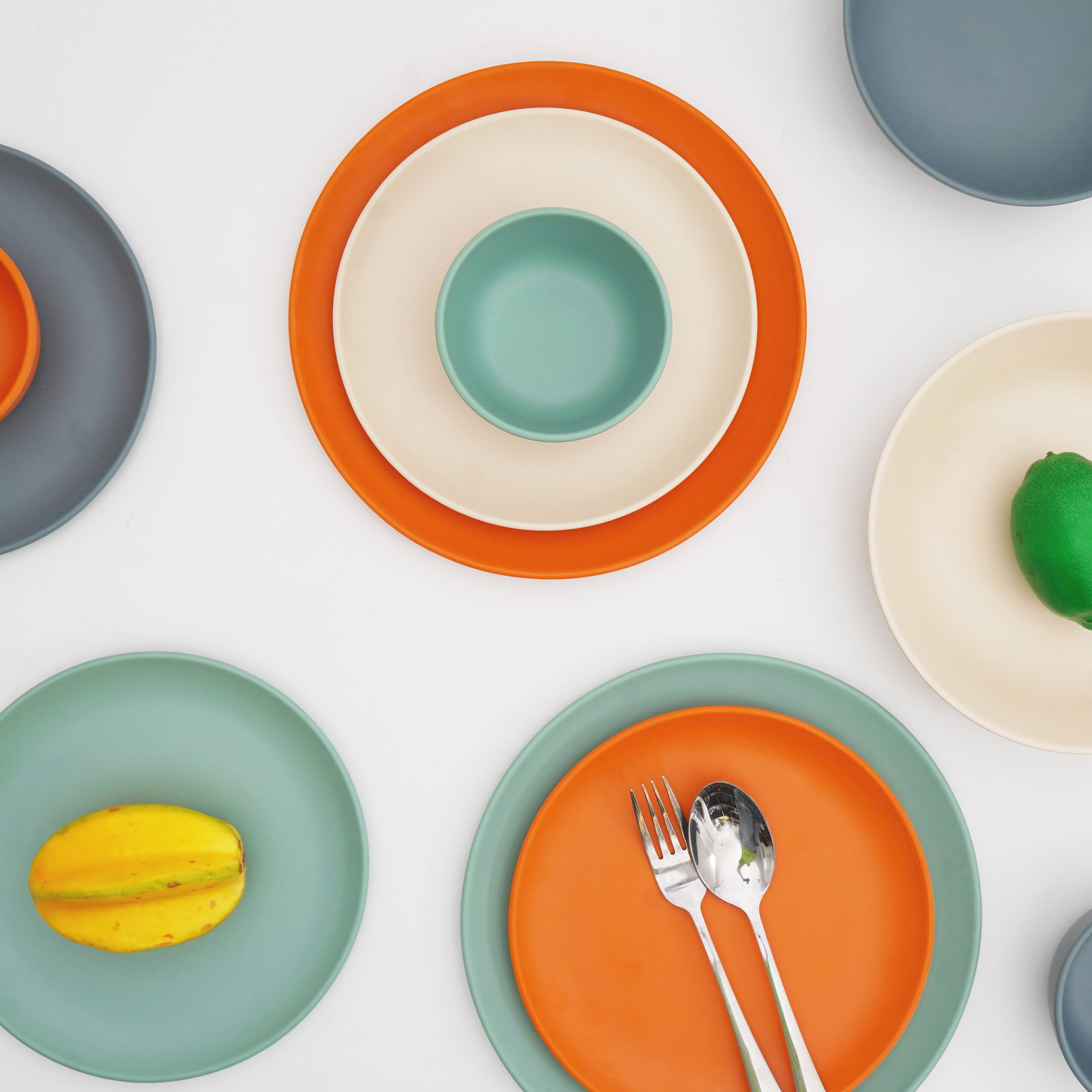As consumer preferences evolve toward sustainability, personalization, and multifunctional design, the global tableware market is undergoing a significant transformation. Brands are now prioritizing new materials and customizable solutions to meet both aesthetic demands and practical needs. These trends are not only reshaping product design but also redefining how businesses compete in the global tableware space.
New Materials Are Diversifying the Global Tableware Market
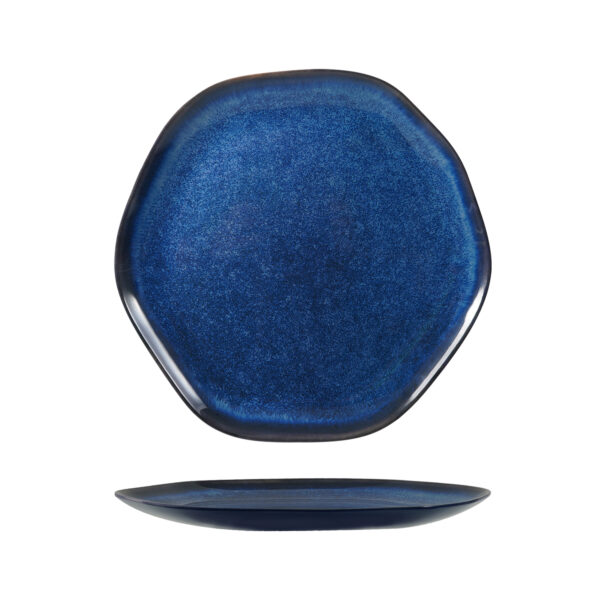
In recent years, material choices in the global tableware market have evolved dramatically, driven by both innovation and consumer demand.
Several innovative materials are now at the forefront of developments in the tableware market:
- Melamine: Known for its lightweight, durable, and shatter-resistant qualities, melamine tableware is ideal for both household and commercial use. The Vita Joy Freedom Series tableware is made from melamine, offering both functionality and modern design.
- Acrylic/Tritan: With high clarity and strong impact resistance, acrylic and Tritan are perfect for beverage dispensers and other drinkware. The Acrylic/Tritan Beverage Dispenser is a practical and attractive option for home entertaining or outdoor gatherings.
- Bamboo Fiber: As an eco-friendly option, bamboo fiber is biodegradable, lightweight, and naturally antimicrobial. It is well-suited for children’s dinnerware and portable tableware, aligning with the growing demand for sustainable living solutions.
These material innovations are expanding the range of offerings in the tableware market, enabling brands to deliver more versatile and appealing products to a global audience.
Customization and New Materials Are Reshaping the Tableware Market
Personalized design has emerged as a defining trend in the modern tableware market. As consumers increasingly seek personal expression and brand identity, custom tableware not only enhances the user experience but also helps companies stand out in a competitive environment.
Key benefits of customization in the tableware market:
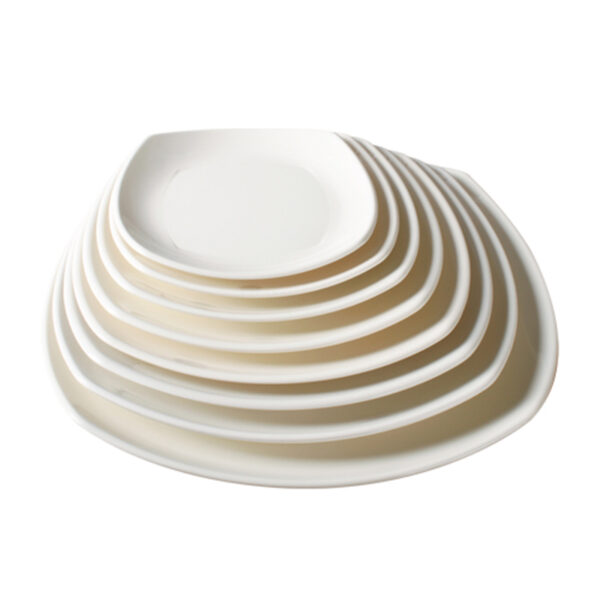
- Brand Differentiation
Restaurants, hotels, and catering businesses often use customized logos, colors, and patterns to reinforce brand consistency and professionalism. Custom branding on tableware helps businesses create a cohesive dining experience and boost brand recall among customers. - Personal Expression
Consumers appreciate unique tableware that reflects their lifestyle, preferences, or special occasions—making customized sets ideal for home use or as gifts. From personalized dinner sets to themed partyware, customization adds emotional value and distinction. - Value-Added with New Materials
Many new-material tableware products support customization, allowing different patterns, colors, or shapes to be tailored according to customer requirements. This flexibility helps businesses and individuals achieve a unique look that aligns with their specific needs or branding goals. Customizable materials like melamine or bamboo fiber make it easier to combine functionality with design.
Mixed Materials Expand Functionality in the Tableware Market
Modern tableware design often combines materials to enhance both appearance and usability. This multi-material approach helps products stand out in the tableware market by offering superior performance and aesthetic appeal.
Common applications of mixed materials include:
- Acrylic + Silicone Seals: Found in beverage containers such as the Acrylic/Tritan Beverage Dispenser, this combination improves leak prevention and functionality, making it ideal for outdoor events.
- Melamine + Printed Layers: For example, the Vita Joy Freedom Series tableware integrates custom printed designs on a melamine base—delivering visual appeal along with durability.
These combinations reflect evolving consumer expectations for practical, stylish, and long-lasting products, helping brands compete more effectively in the dynamic tableware market.
Conclusion
The combination of material innovation and tailored solutions is reshaping the landscape of the global tableware market. Options like melamine, acrylic, and bamboo fiber offer practical advantages and reflect broader consumer trends toward sustainability and individuality. Meanwhile, the rise of customization enhances product value and strengthens brand identity across both household and commercial sectors.
By focusing on material innovation and flexible customization services, modern tableware providers are offering solutions that balance functionality, aesthetics, and brand impact—ensuring a competitive edge in the global tableware market. Visit Vita Joy to explore more products and customization options.
If you’re interested in partnership opportunities or need more information, feel free to contact us anytime. Our team is ready to support you with fast, professional service.



